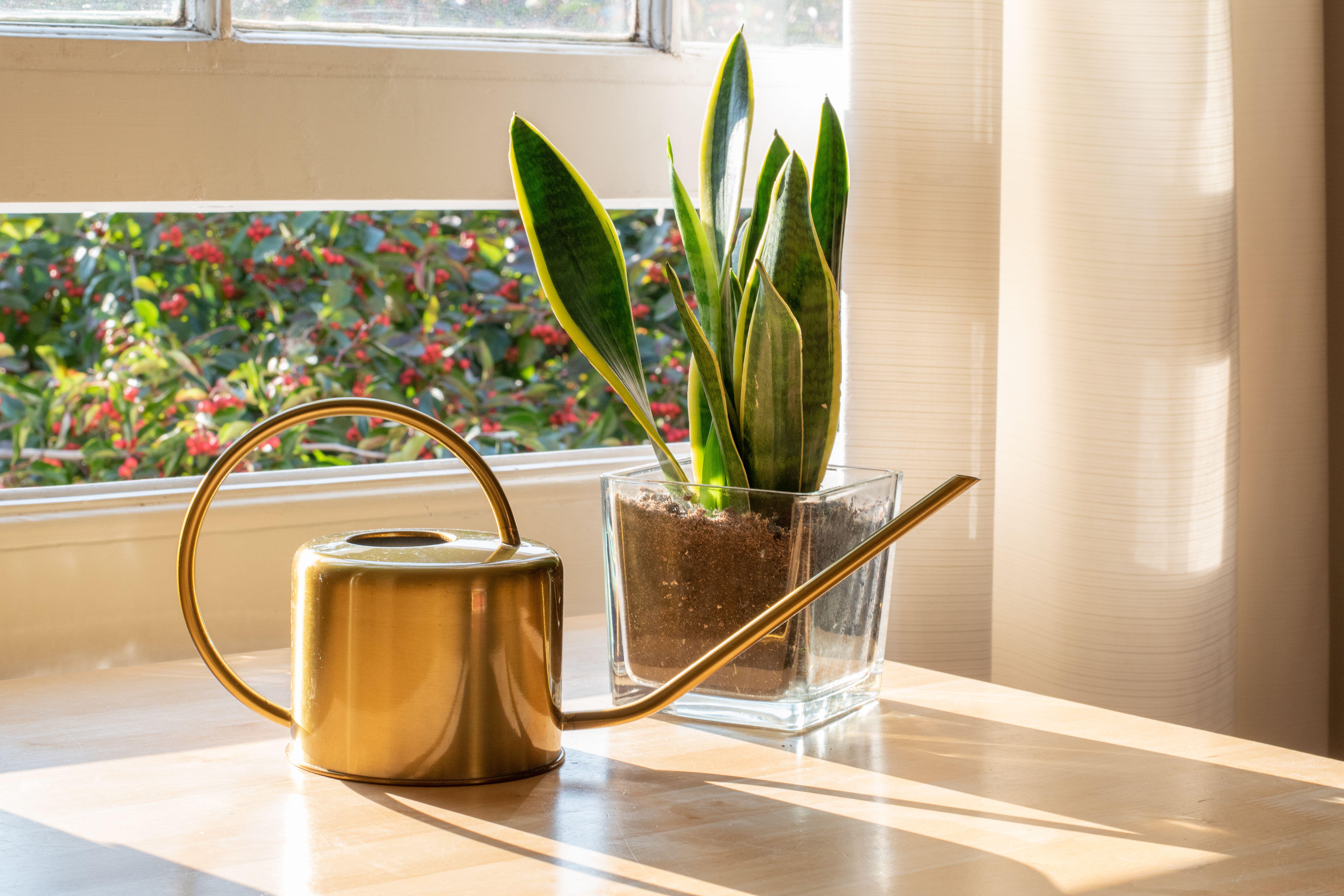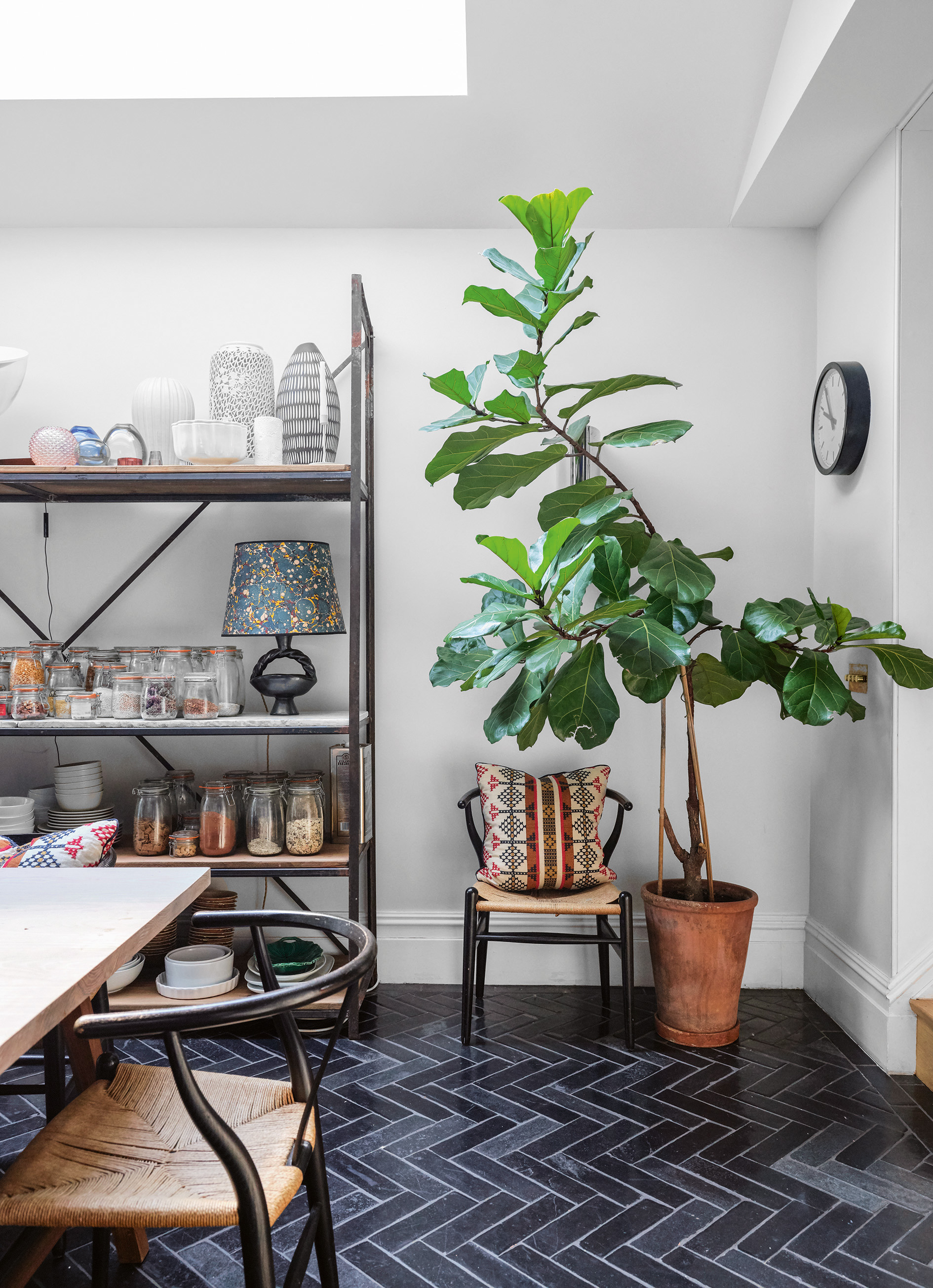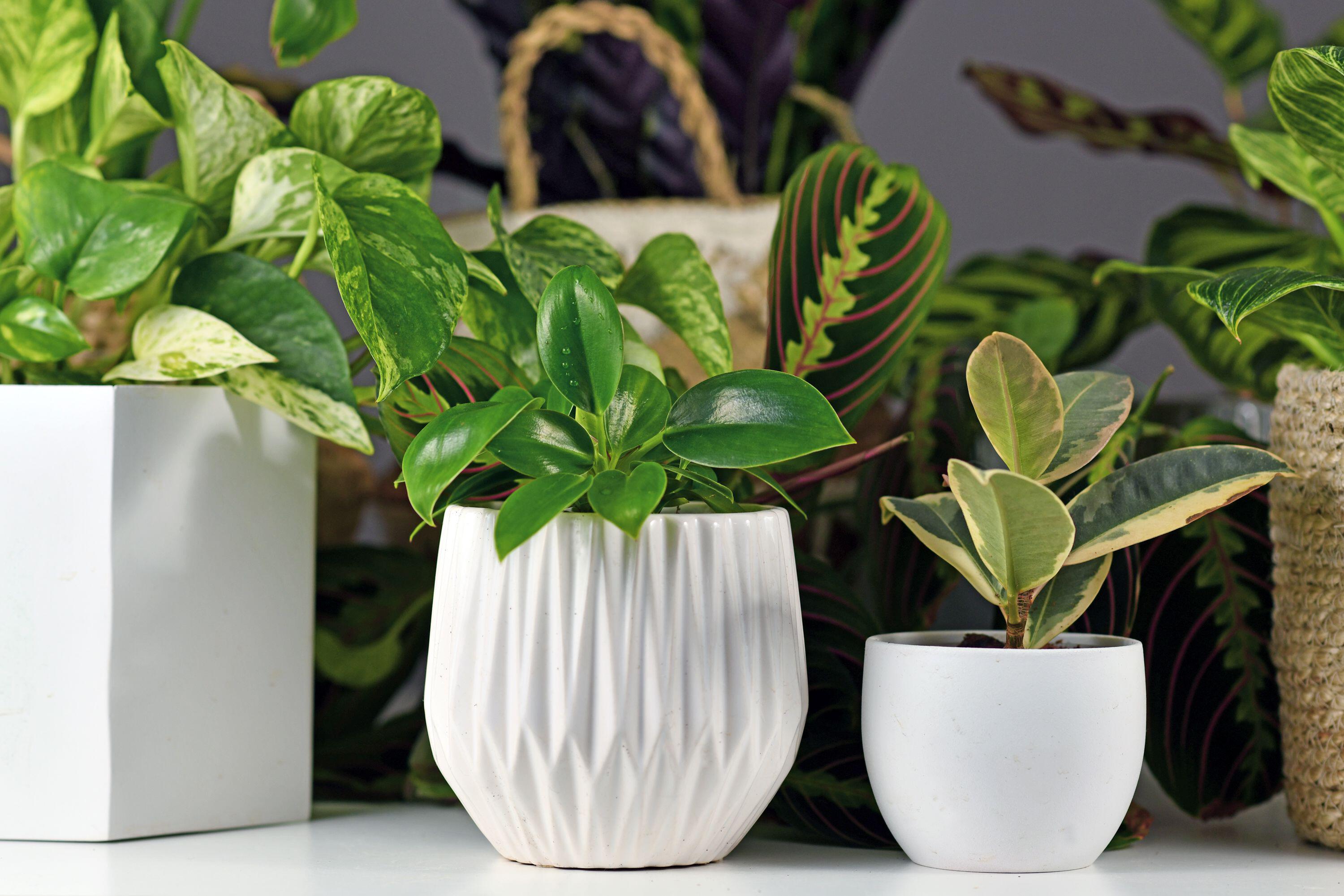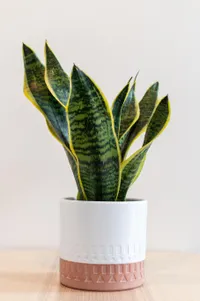Should you use mayo on your houseplants' leaves? Experts decide if this easy hack is worth it
Can the mayonnaise trend really make your houseplant's leaves healthier? We spoke with some experts to find out


The plant parents among us will go to great lengths to keep our green-fronded friends healthy. Besides pruning, propagating, and re-potting our houseplants, there are a plethora of more unconventional plant-care tips and tricks out there, but how do you differentiate the astonishing from the downright absurd, and would you consider smothering your plant's leaves with... mayonnaise?
Well, that's exactly what houseplant enthusiasts are up to TikTok. While this unusual hack has been hit on the video-sharing app, it's not just a Gen Z fad. For years, people have recommended mayonnaise as a plant-care remedy to help restore a glossy shine to leaves. Over time, dust and other residues can build up on the surface of your plants causing even the best houseplants to look dull and drab, but this staple condiment promises to be a quick-fix solution. The question is, does it work? To find out, we asked some plant experts for their insight.

Ian Drummond is an interior landscape designer and author. Ian has been at the forefront of the indoor plants' revival in recent years and has won multiple gold medals at the RHS Chelsea Flower in England for his indoor gardens. His book, At Home with Plants, is published by Octopus Books.
What is the mayonnaise trick for houseplants?

The mayonnaise houseplant hack involves using a small amount of the sauce to polish up your plant's leaves. You simply apply some mayonnaise (around a teaspoon) to a piece of kitchen towel, wiping it across the leaves' surface to make it shine.
The idea is that the mayo will remove the build-up of dust on the plant while also adding oil to the leaves' surface for an extra glossy appearance. These intentions certainly stem from the right place. After all, decorating with houseplants means knowing how to look after them, too.
'For maximum plant health, you need to keep your houseplants clean and dust free,' explains Ian Drummond, Ian Drummond, plant expert and author of At Home with Plants, available at Amazon. 'It's best to clean them every 7-14 days because if dust is left on the houseplant's leaves it creates a barrier restricting their ability to absorb carbon dioxide and sunlight.'
If you paid attention in biology classes, you'll recognize this phenomenon as photosynthesis - the process responsible for plant growth. While polishing leaves with mayo could help sunlight to reach your plant, it's important not to completely smother the leaves or leave any residue otherwise it could clog the leaf pores, counteracting any benefits.
Which houseplants is this hack suitable for?

Making your plant's leaves gleam and shine might sound beneficial, but it's a whole lot more than aesthetic improvements alone - it's about overall plant health. Since some plants don't have smooth, naturally shiny leaves, they won't all benefit from this mayonnaise hack.
The Livingetc newsletters are your inside source for what’s shaping interiors now - and what’s next. Discover trend forecasts, smart style ideas, and curated shopping inspiration that brings design to life. Subscribe today and stay ahead of the curve.
'The trick works best with wide smooth leaves such as sansevieria (snake plant) and ficus,' says Ian. 'You should avoid using on "furry" leaves such as African violets, begonias, and ferns.'
In fact, it's actually easier to think about the plants that the mayonnaise hack isn't suitable for. Waxy-leaved plants such as succulents, although often shiny, probably won't benefit because this 'cuticle' acts as a protective layer between the plant and its environment. 'Orchids and Swiss cheese plants should also be avoided,' says Mo Bhula, plant expert and owner of The Botanical Archive. 'These plants release excess water through their leaves more often and may struggle to do this with mayonnaise in their pores.'
This houseplant staple, also known as Mother-in-Law's Tongue, is loved for being extremely low maintenance and for its ability to purify the air. Its upright sword-like leaves with vibrant yellow edges, often variegated, look extra beautiful when given the occasional polish.
Is the mayo trick safe for houseplants?
The question still remains, is the mayonnaise trick safe? In the past, social media has encouraged us to give our plants pasta water and use coffee grounds as fertilizer, but sometimes we can't help but question these household hacks.
The bottom line is, while mayonnaise isn’t likely to cause severe harm to your plants, the long-term benefits are minimal. Using the wrong amount or applying it to the wrong plant won't do your plant any favors either. 'Using too much mayonnaise can actually block the pores on your plant meaning your plant will struggle to release excess water,' says Mo. 'What's more, mayo can also attract pests which can cause further harm to the plant.'
Personally, I'll be playing it safe. When it comes to removing dust and helping leaves shine, there's nothing a spritz of water and buff with a microfiber cloth can't do.
The beautiful deep green foliage of the ficus plant has a red-ish tinge's especially striking thanks to its surface's shiny qualities. Its large leaves are notorious for collecting dust however, so be sure to wipe often.

Lilith Hudson is a freelance writer and regular contributor to Livingetc. She holds an MA in Magazine Journalism from City, University of London, and has written for various titles including Homes & Gardens, House Beautiful, Advnture, the Saturday Times Magazine, Evening Standard, DJ Mag, Metro, and The Simple Things Magazine.
Prior to going freelance, Lilith was the News and Trends Editor at Livingetc. It was a role that helped her develop a keen eye for spotting all the latest micro-trends, interior hacks, and viral decor must-haves you need in your home. With a constant ear to the ground on the design scene, she's ahead of the curve when it comes to the latest color that's sweeping interiors or the hot new style to decorate our homes.

